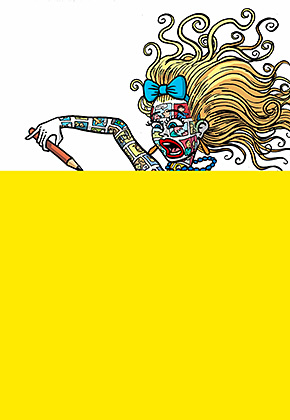3. STRATEGY
When talking to the masses, be extremely friendly
Politicians are extremely sensitive to this Chinese proverb. As individual or small group you have no leverage towards government. When you successfully mobilize, you suddenly yield power because you mobilize voters. And nothing is as important for politicians as voters. So the more voters you can mobilize, the more politicians are inclined to listen and act.
The Art of Mobilisation
The cuts might only have a direct impact on a small group of people, indirectly they affect a lot more people. Our goal is to demonstrate this. To mobilise in an effective way you need:
- To start with a small but motivated and credible group.
- A symbol (color, baseline, hashtag) that is easy to understand, easy to subscribe, easy to spread and easy to use as a protest symbol for those who want to speak up actively.
- Use channels that provide high reach and visibility in no time.
Visualize the invisible
State of the Arts asks artists from all disciplines to send an image or video of their artworks. We cover this image for 60% with yellow, the colour of the Flemish government. Then ask the artists to share it with the caption:
-60% project funding = -60% culture. #thisisourculture
By covering artworks or artists, we don't just visualise a number, but confront the people with the consequences if they don't protest against this decision. Creating a symbol that is both representative and easy to replicate organically across multiple platforms, online and offline.
Our media strategy is to start from a small core of artists, via culture lovers, to reach an audience as large as possible, with the help of media, in order to activate a large number of lobbyers to put pressure on the decision maker. |



